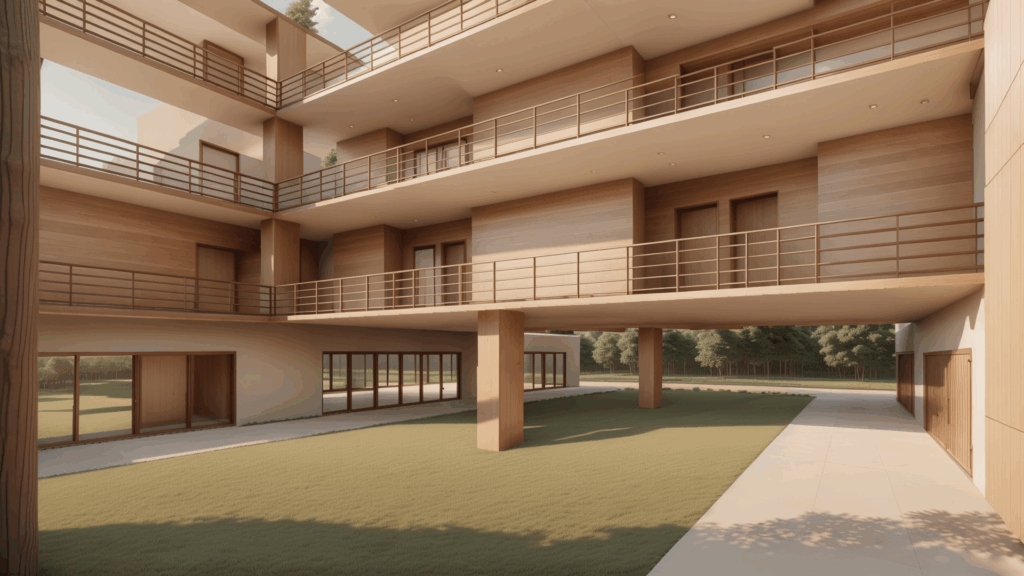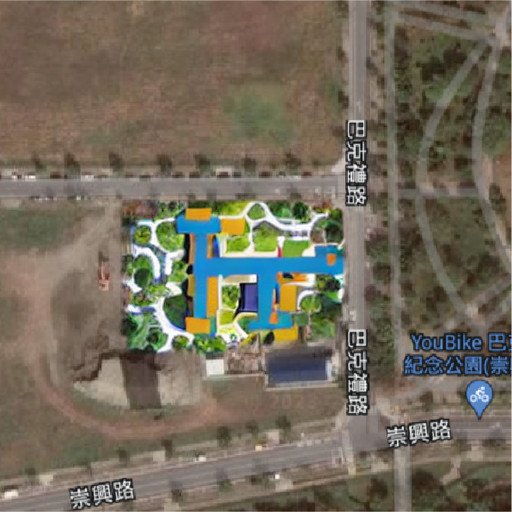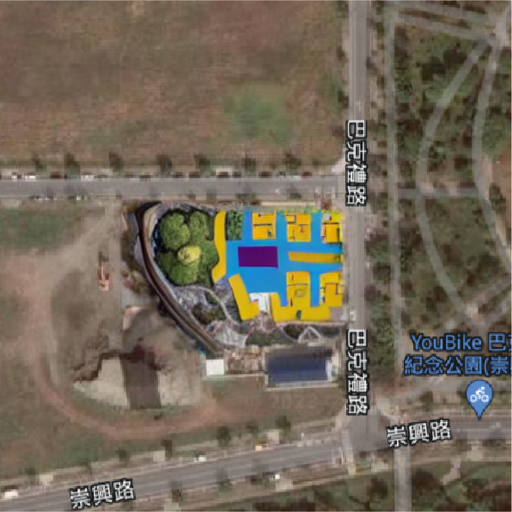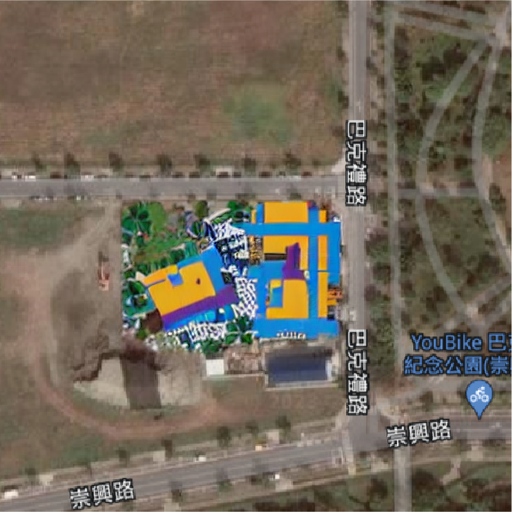Exploring Design Knowledge in Architectural Site Plans
Introduction
Architects often refer to past site plans when designing new ones, using them as sources of inspiration and solutions. These precedents hold valuable design knowledge that can guide spatial decisions. This study demonstrates that with the help of AI, especially generative models, this knowledge can be learned, internalized, and applied to create effective and context-aware site plans.

Research Background
The study focuses on elderly care facilities due to their complex design needs, such as circulation, accessibility, and environmental integration. Over 180 case studies were analyzed, and these patterns became the core training data for the AI.
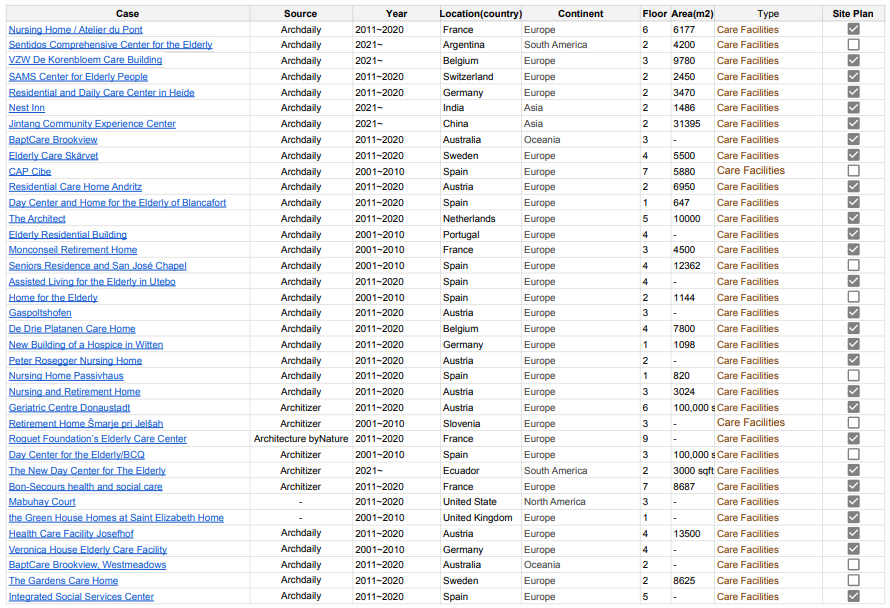
Research Method
The team used Stable Diffusion and LoRA techniques to teach AI how to understand design knowledge from site plans and text descriptions. Each plan was separated into internal building layouts and external site conditions. Spaces and surroundings were manually labeled to train the models more accurately.


Research Result
After training, the AI successfully generated site plans reflecting the three circulation types. Circular and radial layouts were represented more clearly, while linear ones were harder to reproduce. The AI also responded well to text prompts, generating roads, trees, and other elements based on descriptions.



Research Appplication
In the final stage, I used the custom tools I developed to select a specific site for design. The AI provided inspiring layout suggestions, which served as valuable references. These generated site plans helped guide my own design decisions and supported the completion of the final proposal.


